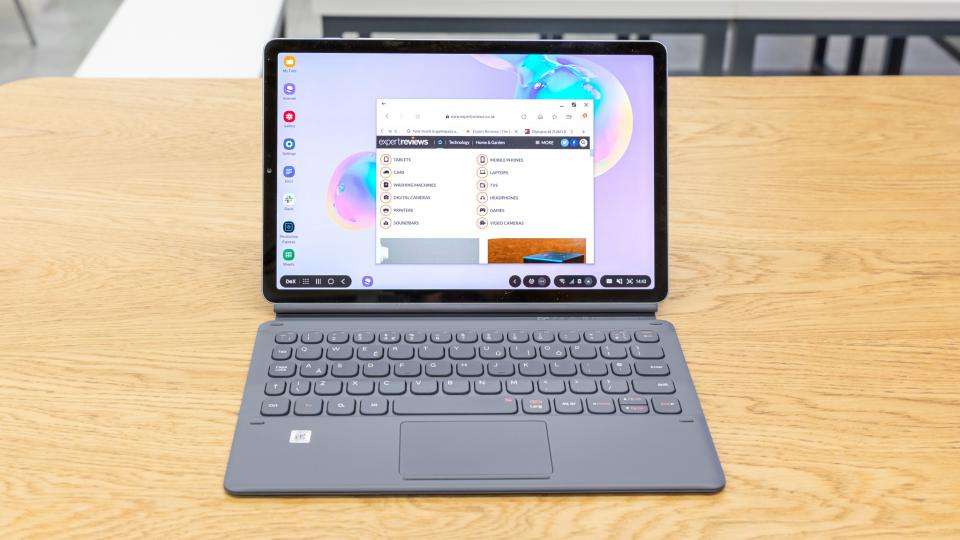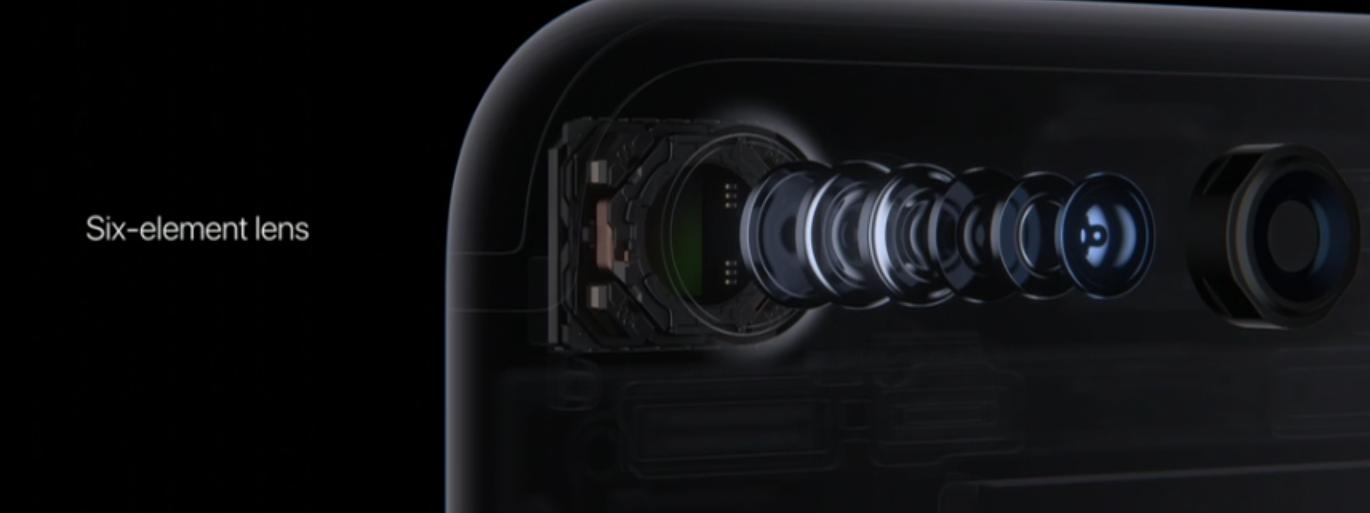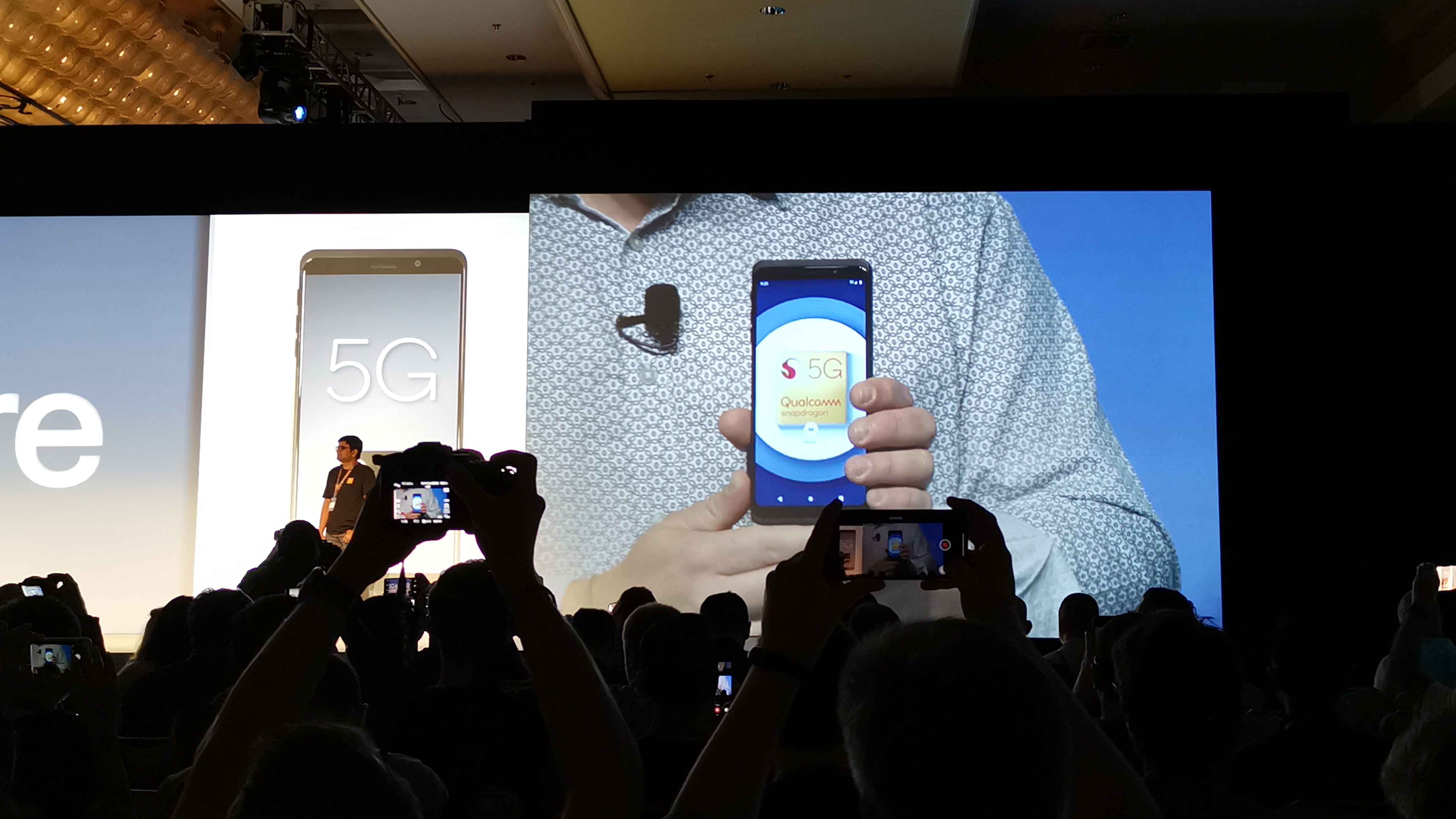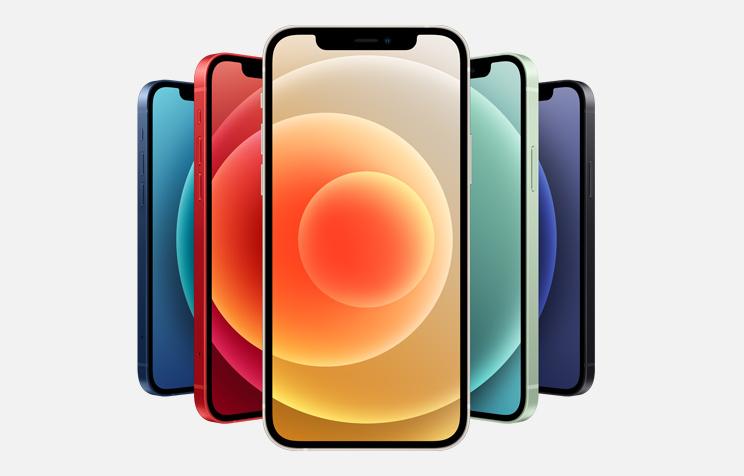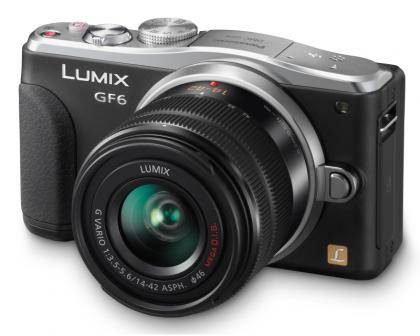The smartphone business evolves swiftly with each passing year, offering advances that change how we engage with technology. From artificial intelligence (AI) to sophisticated display features and camera advancements, these advances are not only changing gadget functionality but also improving the user experience. This year promises a series of ground-breaking developments that will affect both the design and functionality of smartphones. By staying up to date on the newest trends and upcoming technology, we may have a better understanding of mobile devices' future and role in daily life.

How Is AI Transforming Smartphones?
AI-Powered Virtual Assistants
AI-powered virtual assistants have become essential for smartphone use. These assistants now provide more tailored, context-aware replies, making interactions seem more natural. They employ machine learning algorithms to adapt to users' routines, therefore increasing efficiency by recommending tasks and managing smart devices. Advanced speech recognition and natural language processing improve its usefulness, enabling more intuitive, hands-free interactions. As AI advances, virtual assistants will become more precise and capable of completing difficult tasks, closing the gap between human contact and digital technology. Brands like HONOR are incorporating AI-powered virtual assistants into their smartphones, offering customers seamless, intelligent experiences.
On-Device AI Features
On-device AI technologies are transforming the way smartphones handle data and respond to human interaction. Unlike cloud-based AI, on-device processing allows for quicker reaction times and more privacy because data is not transferred to external servers. AI functions, ranging from face recognition and object detection to real-time translation, are becoming increasingly integrated into the smartphone experience. These technologies enhance security and efficiency, such as automatically altering settings based on user behavior. On-device AI also improves battery life by optimizing resource utilization and reducing power consumption, resulting in a smoother and intelligent user experience.
AI Hardware Enhancements (Chips & Engines)
The growth of AI hardware, particularly in smartphone CPUs and specialized engines, is revolutionizing mobile technology. Modern smartphones increasingly have specialized components designed exclusively for AI functions, which can do complicated computations like picture and speech recognition. These engines provide on-device processing for real-time applications, decreasing dependency on the main CPU while improving speed, efficiency, and power management. As AI capabilities grow, hardware upgrades will enable smartphones to provide previously unthinkable experiences, such as high-quality augmented reality, enhanced deep learning, and other intelligent features that boost both productivity and enjoyment.
What's New with Display & Form Factor Innovations?
Foldable & Tri-Fold Designs
Foldable and tri-fold smartphones are testing the limits of standard gadget form factors. These unique designs have bigger screens while being portable, allowing users to have a tablet-like experience in their pocket. Foldable technology has evolved, with increased durability and flawless foldability, making it more practical for everyday usage. Tri-fold smartphones take this idea a step further, offering even more screen real estate for multitasking and immersive media consumption. As manufacturers improve their designs, foldable and tri-fold smartphones are expected to become a popular choice, combining flexibility and usefulness.
Ultra-Slim Slimline Phones
Ultra-slim slimline phones are becoming increasingly popular, with elegant, lightweight designs that do not sacrifice performance. The desire for slimmer devices has resulted in advances in battery technology and component downsizing, allowing for high performance in a small package. These small gadgets are not only visually pleasing, but also more ergonomic, fitting nicely in the hand while yet providing high-end functionality. Manufacturers continue to fine-tune the balance between thinness and durability, ensuring that these phones retain their robustness while providing a premium, slender design that fits effortlessly into pockets and bags.

Multi-Screen & Large-Format Displays
Smartphones with multi-screen and large-format screens are redefining the term "mobile screen." These devices provide a broader viewing experience, making them suitable for gaming, content creation, and multitasking. Dual-screen devices enable users to run different programs on separate screens, whilst large-format displays offer a bigger canvas for video streaming and gaming. These advances not only increase efficiency but also provide an immersive experience. With foldable and edge-to-edge display technology, the future of large-format smartphones seems promising, allowing for more flexible use cases.
Game-Changing Camera & Imaging Tech
Computational Photography Breakthroughs
Computational photography is transforming smartphone cameras by utilizing complex algorithms to enhance image quality and post-processing. This technology enables smartphones to take amazing images with a wider dynamic range, improved low-light performance, and more accurate color reproduction. By combining numerous exposures and utilizing AI, computational photography improves photographs that would be impossible to produce with standard optics. These innovations enable features such as HDR+, Night Mode, and Smart HDR to offer professional-grade images even in adverse conditions. As computational photography advances, it will push the limits of what is feasible with mobile photography.
Periscope & Variable Aperture Lenses
Periscope lenses and variable aperture systems are pushing smartphone cameras to new heights. Periscope lenses provide higher optical zoom capabilities without increasing device thickness, allowing photographers to take detailed shots from a distance. Meanwhile, variable aperture lenses change the opening size to manage how much light enters the camera, resulting in better performance in both low-light and bright circumstances. These features work together to provide greater versatility in smartphone photography, making it simpler to shoot clean, clear photos in a range of situations. As more handsets incorporate these lenses, they will continue to transform mobile photography.
AI-Powered Video Stabilization & Editing
AI-powered video stabilization and editing capabilities are changing the way smartphones handle video content. Smartphones may use AI algorithms to stabilize shaky footage in real time, resulting in smoother recordings even without a tripod. Furthermore, AI-driven editing technologies enable automatic color correction, object tracking, and scene transitions, giving users professional-level video editing skills. These capabilities make it easier for producers to create high-quality video content right from their smartphones, without the need for specialized editing expertise or additional equipment. As AI advances, we expect increasingly more advanced video editing capabilities to be embedded directly into mobile devices.
Conclusion
This year's smartphone developments attempt to push the limits of what we believed was possible. AI is at the forefront, improving virtual assistants, on-device functionality, and hardware performance. Display and form factor advances, such as foldable displays and ultra-thin devices, are resulting in more adaptable and user-friendly smartphones. Meanwhile, advances in camera technology and AI-powered editing tools are transforming mobile photography and video creation. As these technologies advance, cellphones will become even more vital tools for personal and professional usage, providing greater flexibility, power, and performance than ever before.


